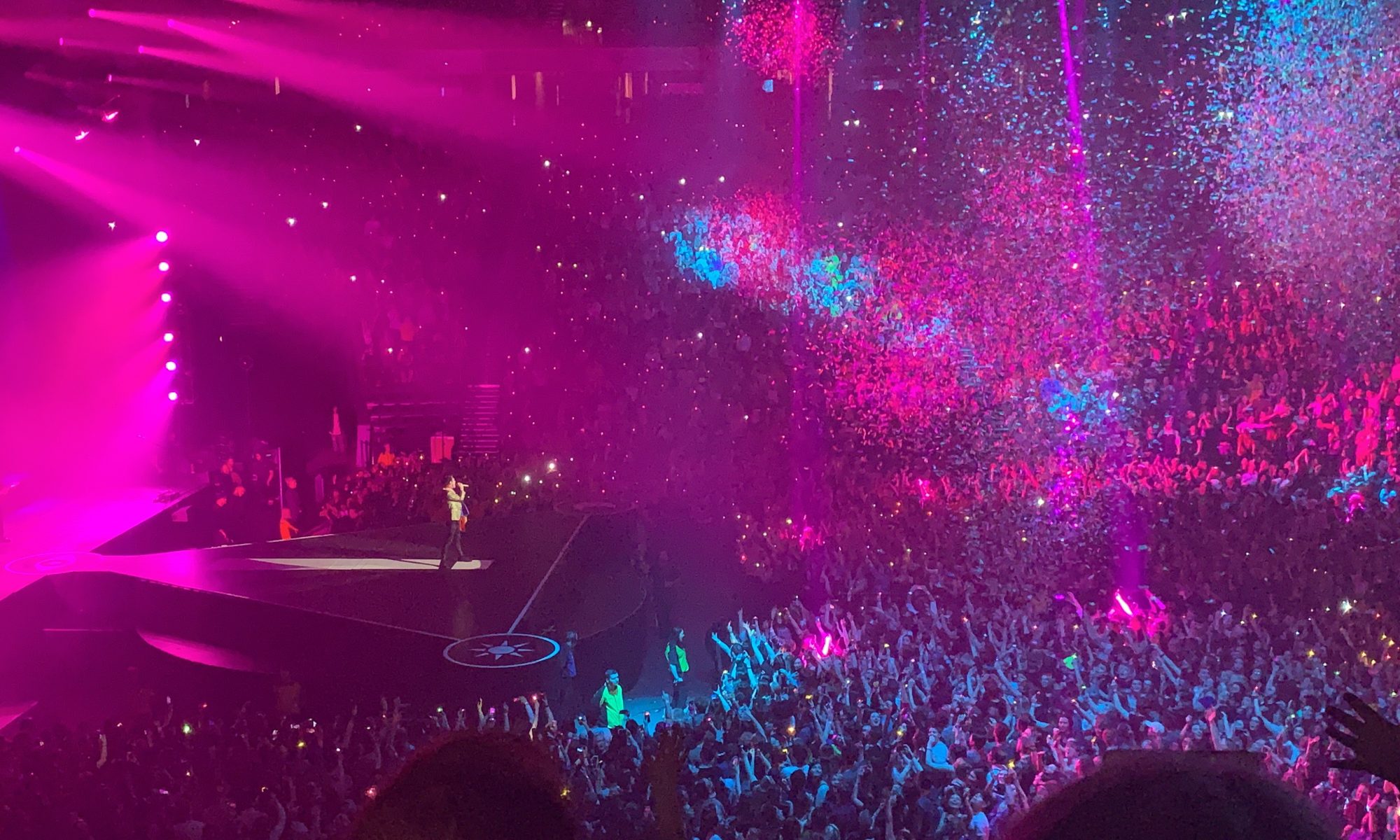Above is the render for the vase that I made. This was very easy to add textures to and render as I made it out of one shape so I only had to add materials and textures to the one piece. I decided that to tie into the marble fireplace that I made I actually wanted to make the vase out of marble as well. To do this I first applied the Blinn material as I had done for the majority of my other assets, I then added the marble texture that I used for the fireplace asset. I again had to change the colours to make it more of a white marble rather than a red one and left the other settings relatively the same as I liked how it looked. Once I had got the marble texture done I just had to import the room scene and add in the lights, I then positioned the vase and rendered the scene as I had with the other assets. I think the marble on the vase looks good and it looks pretty realistic.
This is the render that I created for the clock asset. I decided that for this render I would display it on the mantle where I planned to place it in the room overall. To add the colours to the clock I used the basic Blinn texture. I made the main body of the clock a shade of brown, the face a white tone and the hands a deep brown, almost black colour. Once this was done I had to create the render. To do this I first started by importing the room scene, after this I then imported the fireplace asset that I made. I did this so that I could put the clock onto something as I felt it might look a little random just on the floor itself, I also think you can tell what it is better when it is on the fireplace as it is not one of my strongest models in my opinion. I had to scale the clock down for this as I had been making my assets in separate documents. This was relatively simple as I just had to use the scale tool, I then used the move tool to place it on top of the mantle. Once I had done this I placed some lights and opened the Maya Software render screen and saved the render as a PNG and a Tiff file.

















